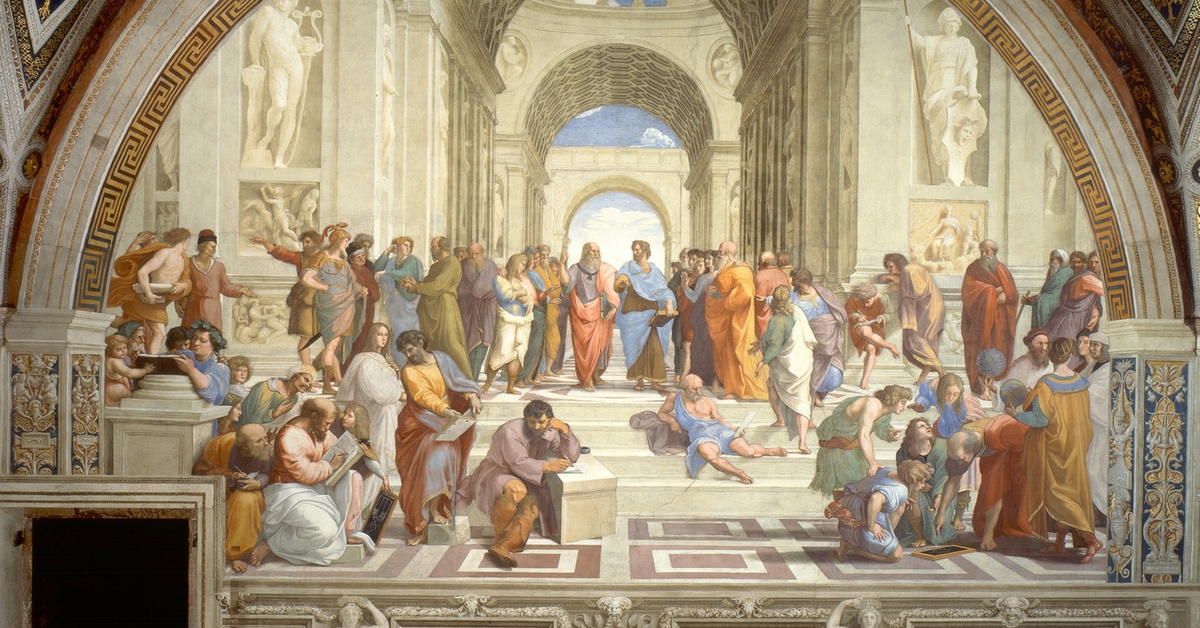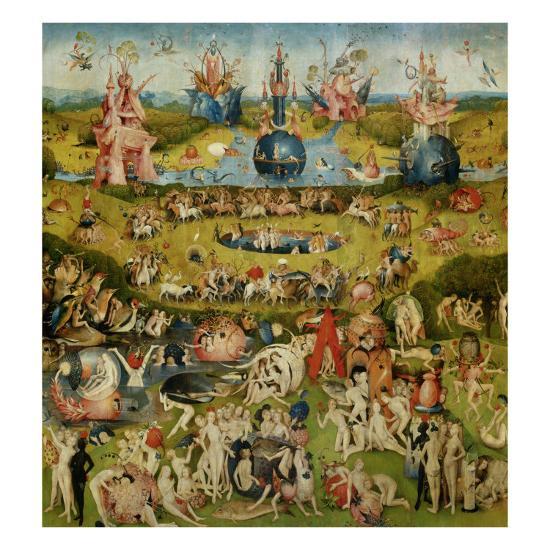Mini
Post 3
The
Feast and Famine exhibit was enjoyable. It was filled with many unique and
distinctive styles of art. From witnessing bees to seeing the separation of
white/black grains of rice, it was all there. For me a more personal theme was
struck from examining the pieces of artistry. Specifically, two pieces caused
that to happen. The first example was a piece done by Divya Mehra, the
chocolate bar piece. The chocolate bars represented diversity. I made a
personal connection with this because of the school I go too. Rutgers Newark is
the most diverse school in the country and that is its greatest aspect. Having
diversity exposes you to various cultures, beliefs, and values. The fact the we
deal with this everyday is why the personal connection was made. Another piece
of art that resonated with me was a poster that read “It’s okay to only buy
what you can afford.” I feel a lot of people can relate to this personally,
like I did. Many times, you want to eat healthier or buy organic foods because
they are the better option to purchase, but they do cost more money. With all
that said, whatever you can afford is what you will buy.
 |
| Divya Mehra, Eating for your type, 2015/2019. Chocolate Bar |
The Stokstad text shares thousands of breathtaking art pieces. There are some pieces that provide me with a personal connection. To start, the piece called “The School of Athens” by Raphael, gives me a personal connection similar to those pieces part of the Feast and Famine exhibit. I draw a personal theme out of it by everything going on in the painting. Everyone is so busy and focusing on their own projects. Technology consumes everyone’s life and I feel in the School of Athens everyone is so self-absorbed with what they are trying to accomplish that they lose sight on what’s in front of them. It is almost the opposite of what Raphael painted, they are occupied with trying to discover more about the world, today’s culture isn’t focused on that. Another prime example of forming a personal connection with is “Garden Of Earthly Delights”. It is very telling on all the choices we can make as people on this planet. We can either choose to do good or bad, the choice is yours. Also, everyone being naked can correlate with the craving every person desires. There is a lot of sexual symbolism throughout the painting such as the strawberries, cherries, grapes, and pomegranates. Along with the sexual symbolism they provide, they can mean the necessities humans require in life. We all need food, water, and shelter.
 |
Raphael, The School Of Athens, Fresco in the Stanza della
Segnatura, Vatican, Rome. c. 1510-1511
|
 |
| Hieronymus Bosch, The Garden of Earthly Delights, oil on oak panels, 205.5 cm × 384.9 cm (81 in × 152 in), Museo del Prado, Madrid |
In
conclusion, the Feast and Famine exhibit was quite the learning experience. Who
would’ve thought, something like food would be so powerful and speak volumes on
our society in so many ways? The Stokstad text draws personal themes and
connections. Art is truly timeless, and it can still manage to be relevant in
any time period it’s brought up in.
Works
Cited
·
Stokstad, Marilyn, and
Michael Watt Cothren. Art History. Sixth ed., II, Pearson, 2018.

No comments:
Post a Comment